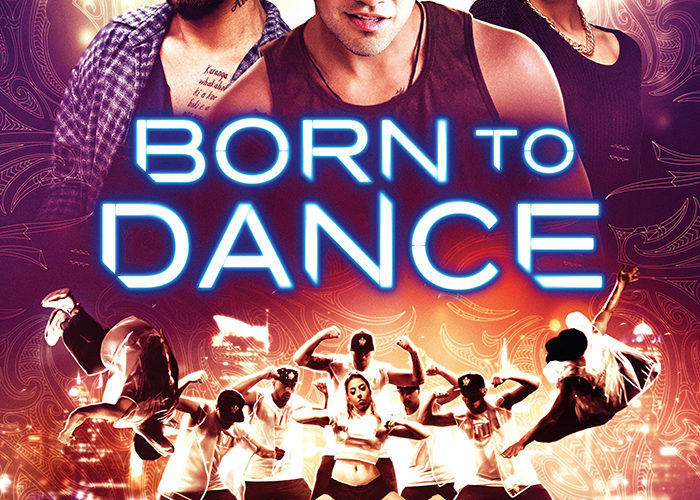Apparently kids from Baltimore to County Durham to Auckland have the same problem: parents just don’t understand. So little has changed since Will Smith and DJ Jazzy Jeff diagnosed this problem back in 1988, and in the spirit of Billy Elliot, Step Up, and Street Dance arrives Tammy Davis’ Born to Dance, a spirited if not predictable romp about a Tu (Tia-Taharoa Maipi), a Maori teen from the Auckland’s North Shore. Given the ultimatum by his father he’s told to find some direction in the next six weeks or follow in his footsteps and join the army. Instead, young Tu opts to spend the summer working in a recycling plant.
Dancing with his own crew, his work goes viral and captures the attention of New Zealand’s greatest hip-hop dance crew, the K-Crew lead by the evil Kane (Joran Vaha’akolo) and his apprentice the sexy Sasha (Kherington Payne). Sasha, of course, captures the Tu’s attention for the get go, leading predictably to territory you’ve seen before.

As far as physical celebrations go, lacking the 3D trickery of the Step Up series and the masterful performance elements that were core to a gold standard of the physical performance-above-all-else genre, Purple Rain, Born to Dance is a teen movie with the same tropes we’ve seen elsewhere from a part of the world we rarely see this genre from. The film’s real star, perhaps, is choreographer Parris Goebal who allegedly created the dazzling routines on the fly in collaboration with composer Peter “P-Money” Wadams. The moves don’t disappoint, while the film’s screenplay (by Steve Barr, Casey Whelan, and Hone Kouka) unfortunately never transcends the genre despite the racial elements captured by Tammy Davis.
The film sets up the quintessential romance between a rich, pretty, Audi-convertible driving blonde from America and a Maori boy from the working class neighborhood who has to take the bus to work and dance practice. Throw in a friend who sells drugs as an ill-fated short cut to a better life and there’s not a cliché the film holds back from exploring.

Yet, it’s the performance and supporting characters including Tu’s old crew 2PK that shine. They luckily don’t choose to abandon him as he tries out for K-Crew, understanding the importance of joining the world champions. Onyeka Aprapi and Stan Walker, adding much needed texture to a rather pedestrian melding of Save The Last Dance and Step Up 2 The Streets, play Tu’s support system with great heart as they save the day.
Ultimately, for North American viewers, Born To Dance offers the same old story with a slight cultural twist. If only it was actually more than what it appears to be on the surface.
Born to Dance premiered at TIFF.


